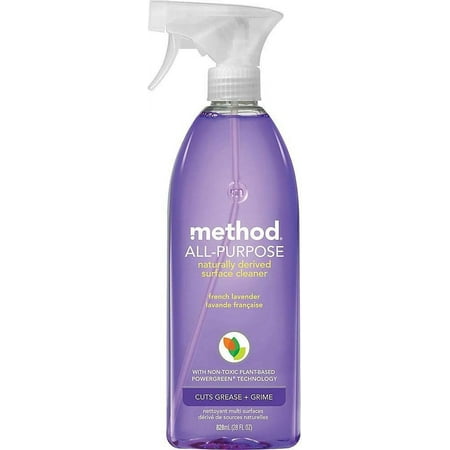How to get rid of cockroaches in the bedroom fast without having to move out of your sleep space
Pest control pros reveal what you need to do


Trying to get rid of cockroaches in the bedroom can make you feel like you're trapped in a hellish emergency, and who can blame you? Cockroaches are a health hazard, fast-moving, and hard to kill.
While roaches commonly find their way into kitchens and bathrooms, these pests are just as likely to invade your bedroom. Discovering a roach infestation in the bedroom, a space meant for rest, can make sleep feel impossible, adding an intense layer of stress when trying to eradicate them.
Fortunately, our pest control pros have revealed bedroom-safe ways to get rid of cockroaches without resorting to harsh chemicals that make the space uninhabitable.
How to get rid of cockroaches in your bedroom
With carefully chosen treatments, it is possible to clear your bedroom of these indoor pests without sacrificing your sleep or safety. It's worth knowing, however, that cockroaches are nocturnal and elusive insects, which makes them hard to spot until an infestation grows. This is one of the similarities between a bed bug vs. cockroach.
Their presence in your bedroom may be betrayed by droppings, a musty smell, shed skins, or actual sightings in drawers, under furniture, or even on bedding.
For homeowners aiming to maintain a clean and healthy sleeping environment, taking immediate action after spotting or suspecting cockroaches in any bedroom is key.
1. Deep clean and remove attractants
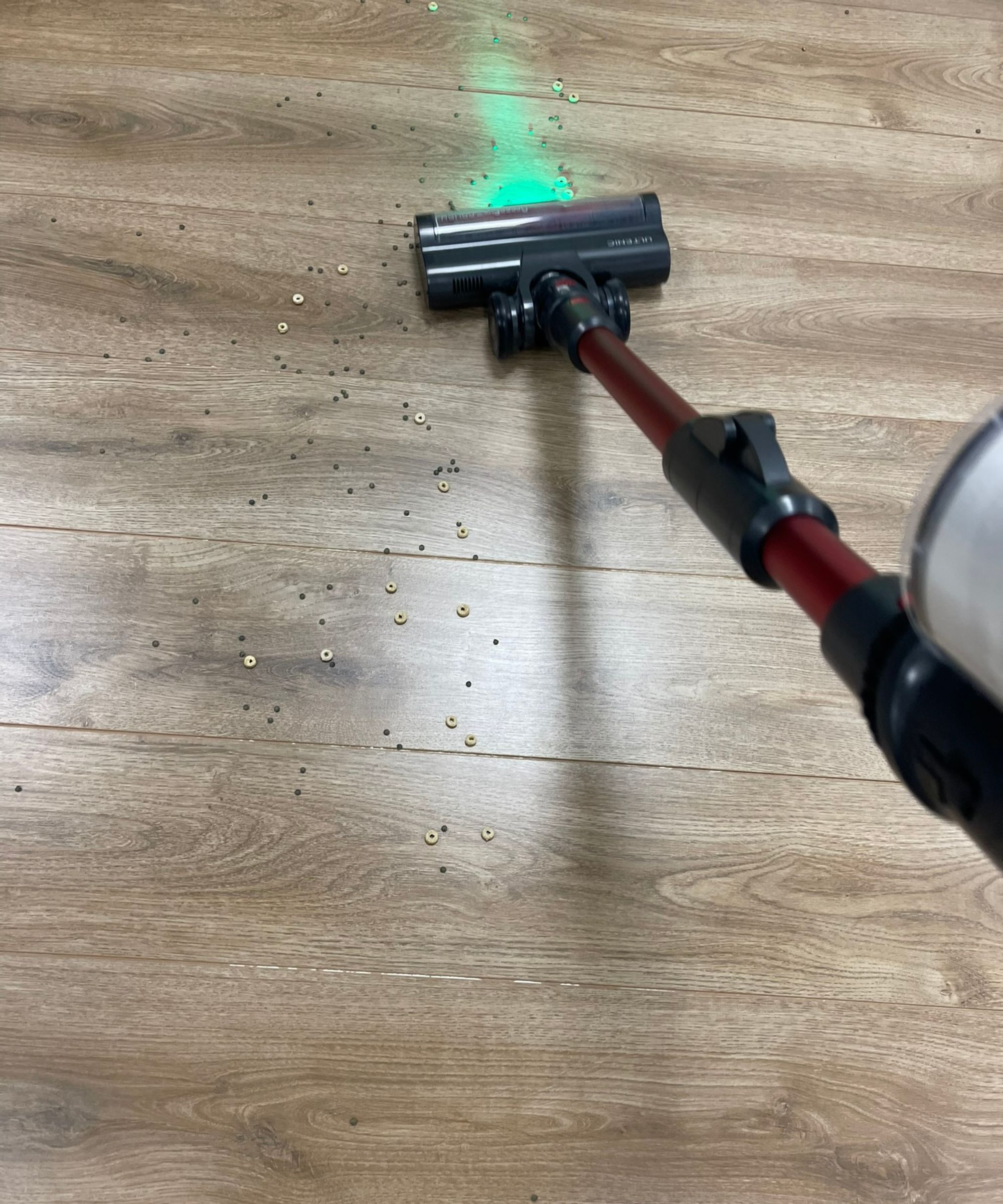
Vacuum any spilled food or debris, and get rid of any moisture as cockroaches only need the smallest amount to survive
The first step to removing roaches from your sleep space is a deep and meticulous cleaning of the bedroom concerned. Roaches are opportunistic scavengers, and even tiny traces of food or organic matter can attract and sustain them.
Design expertise in your inbox – from inspiring decorating ideas and beautiful celebrity homes to practical gardening advice and shopping round-ups.
'Bedrooms that double as TV rooms or late-night snack spots are particularly susceptible,' says Matt Smith, pest control expert at Green Pest Management. 'Start by vacuuming every corner – under the bed, along baseboards, under rugs, and behind large furniture pieces. Pay close attention to where furniture meets walls, as roaches tend to travel along edges.'
Beyond surface cleaning, empty and wipe down nightstand drawers, closet floors, and dresser bottoms. Use a disinfecting spray that is pet- and child-safe, ensuring no sticky or food-like residue remains behind. This plant-powered all-purpose Method cleaning spray from Walmart is gentle but effective, and has a strong citrus scent, a natural pests deterrent many insects including roaches dislike.
Roaches love warm, dark, and undisturbed places, and that includes stacks of magazines, books, shoeboxes, and laundry piles. Eliminate clutter, which offers perfect hiding places for pests, and lift anything that shouldn't be there off the floor.
Before putting items away, such as clothes, shake them out vigourously so you don't inadvertedly introduce a hidden bedroom roach into a closet or storage space.
If you use under-bed storage, opt for tightly sealed plastic containers from Wayfair rather than fabric bins or cardboard boxes. Wash and dry all bedding, including throws and decorative pillows, on a high heat cycle.
This cleaning not only reduces food and shelter sources but also disrupts their habitat, making your room much less appealing.
2. Use bedroom-safe traps
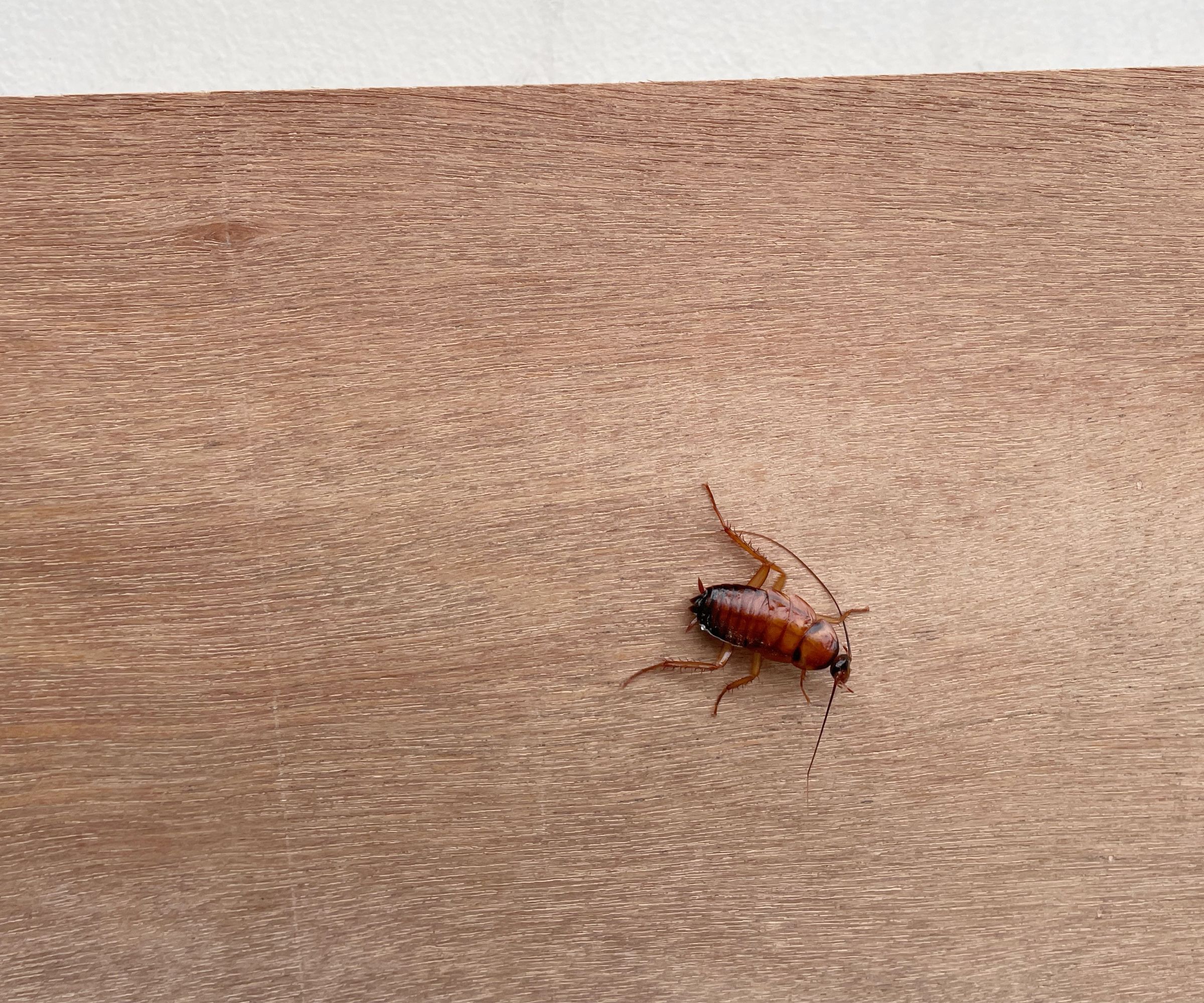
Finding cockroaches in your bedroom can be distressing and stressful
Once you've eliminated food sources and hiding spots in your bedroom (don't forget to check drawers and bags), cockroach traps can help monitor and reduce any remaining cockroach activity.
‘Look for traps that use natural lures and are free of toxic chemicals,’ continues Matt. ‘These are generally safe for bedrooms, including homes with children or pets, as long as they are placed strategically and out of reach.’
Hoy Hoy sticky traps, available on Amazon, are an excellent passive tool for both capturing roaches roaming around bedrooms and gauging the severity of the problem, and are safe for use all around the home, even those with pets and children nearby.
Place traps behind headboards, inside wardrobes, under the bed, and along walls as cockroaches prefer to move along edges rather than open spaces. Most traps are designed to last one to two weeks before needing replacement.
The large Raid roach baits on Amazon come in a pack of eight and are highly rated by shoppers.
For increased effectiveness, consider using enclosed bait stations in conjunction with sticky traps.
Choose gel bait traps that are explicitly labeled as safe for indoor use in living and sleeping areas. Avoid foggers or sprays in the bedroom when eradicating cockroaches, as these can linger in the air or settle into fabrics.
Traps on the other hand are discreet, easy to use, and provide an insight into how far the infestation may have spread without kicking up toxic dust or residue across your roon.
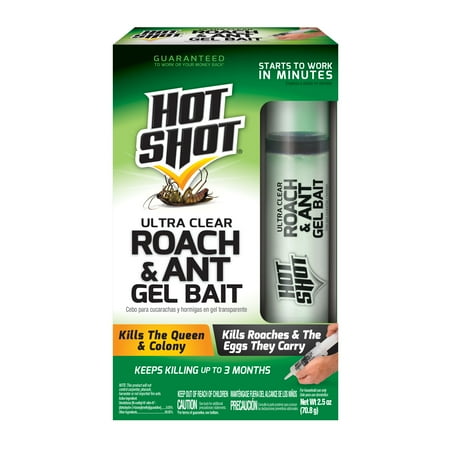
The Hot Shot ultra clear roach gel bait is a ready-to-use, water-based gel goes on clear and dries quickly. Roaches and ants eat the gel bait and then return to the nest passing the substance onto other roaches and kiling the wider colony.
3. Seal entry points and reduce moisture
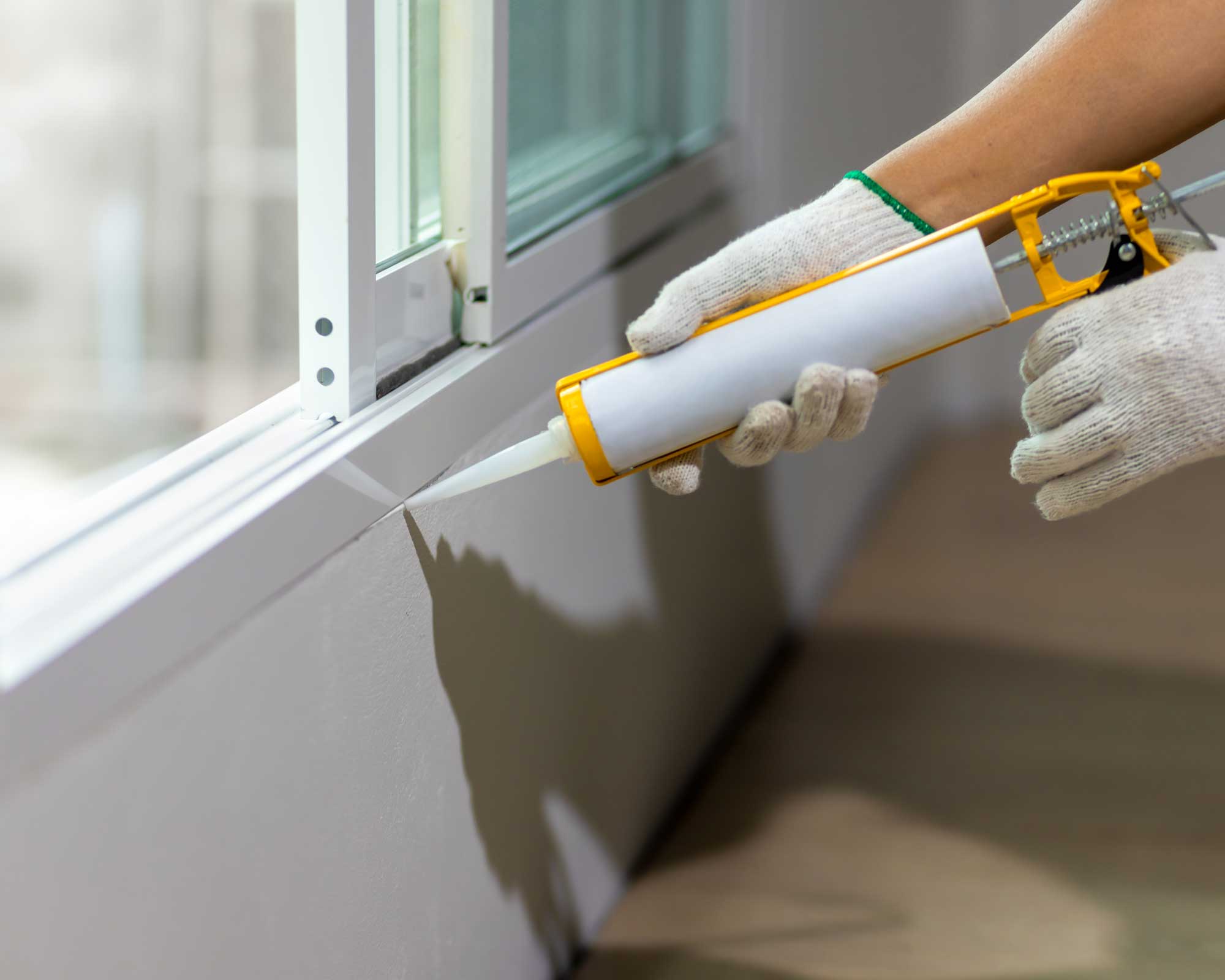
Seal up any cracks around windows and external doors into your bedroom
To prevent a repeat cockroach invasion in your bedroom, conduct a careful inspection of all potential entry points.
‘Look for gaps around doors, electrical outlets, air vents, floorboards, and even under carpets. Seal these openings with caulk or weatherproof sealant such as Flex Paste 9 Oz. Rubber Sealant, Black from Target,’ recommends Brett Bennett, director of operations at PURCOR Pest Solutions. ‘In older homes or apartments, consider using silicone caulking or foam insulation around radiator pipes or where plumbing enters the room.’
Bedrooms adjacent to guest bathrooms, kitchens, or shared apartment walls are particularly vulnerable. Cockroaches often travel through holes within the wall and floor ducts, so even if you keep your bedroom spotless, they may still intrude from elsewhere. Moisture control is just as critical. Although bedrooms are typically drier than bathrooms or kitchens, conditions such as high humidity, condensation on windows, or an ensuite bathroom can make them more attractive for cockroaches.
Use a dehumidifier from Walmart or increase airflow with a ceiling fan or cracked window, particularly in warmer months. Address any common household leaks immediately, especially if you notice water marks on ceilings or walls. Reducing moisture not only repels cockroaches but also helps prevent mold and mildew.
4. Use natural repellents
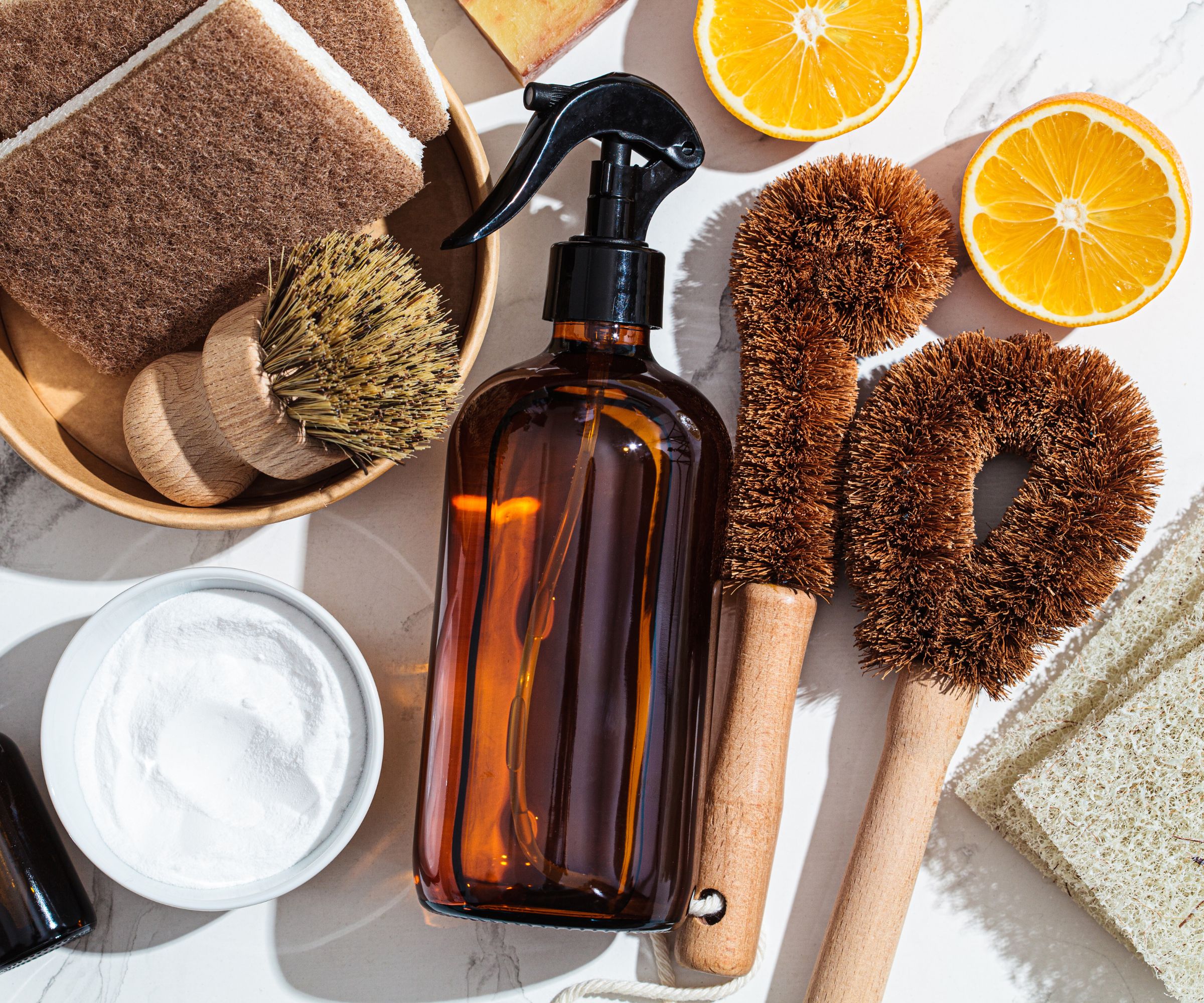
Eco-friendly solutions are sometimes best when trying to eradicate cockroaches from your bedroom, and natural pest control methods can offer peace of mind without sacrificing efficacy.
According to Jennifer Hankey, founder and CEO of The Green Queen pest control company, essential oils like peppermint, tea tree, eucalyptus, and lavender have been found to repel cockroaches, and they offer the added benefit of freshening the room when used in a homemade bug spray.
‘Mix 10-15 drops of your chosen oil with water and a small splash of white vinegar in a spray bottle,’ says Jennifer. ‘Mist along bedroom baseboards, around door frames, and behind furniture, but avoid direct contact with pillows, mattresses, and bedding to prevent staining or irritation.’
For a longer-lasting barrier, food-grade diatomaceous earth from Walmart (DE) is a highly effective option and is also a non-toxic pest control method. It works by dehydrating cockroaches through contact, disrupting their outer protective layer.
Sprinkle a thin, barely visible line of DE under the bed, behind nightstands, along the back of closets, and at entry points. Avoid placing it in areas where it may become airborne or be disturbed by foot traffic.
Reapply after vacuuming, and always use a mask from Amazon when handling it to avoid inhalation. With consistent application, DE can drastically reduce roach populations over time without posing risks to humans or pets.
5. Safe use of insecticides
In situations where the infestation is widespread, it may require a more assertive approach and using insecticidal baits may be necessary. Gel baits, available from Walmart, are a common choice and can be used sparingly in bedrooms if handled with care.
These baits are designed to be placed in small crevices, cracks, or behind furniture, and ut of reach from daily contact and unlikely to impact sleep quality.
While these baits are generally safe when dry, it’s advisable to ventilate the room well during and after application. For most people, leaving the windows open and avoiding the room for a few hours is sufficient. However, if you have chemical sensitivities, respiratory issues, or very young children, consider sleeping in another room for the night and returning after thorough airing out.
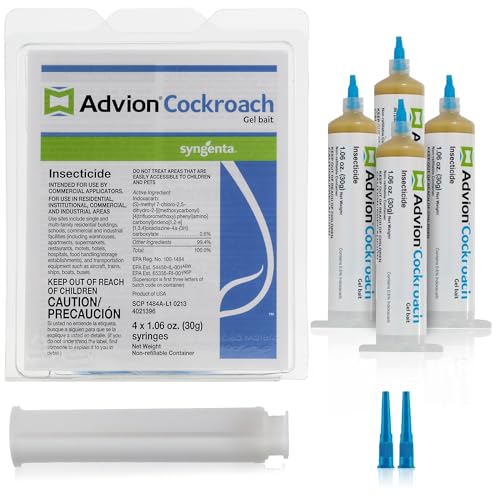
Advion Cockroach gel bait targets German, American and gel bait-averse cockroaches. for trusted pest control. The non-repellent Advion gel bait is designed for easy placement in cracks, crevices and hiding spots with the included plunger and tips.
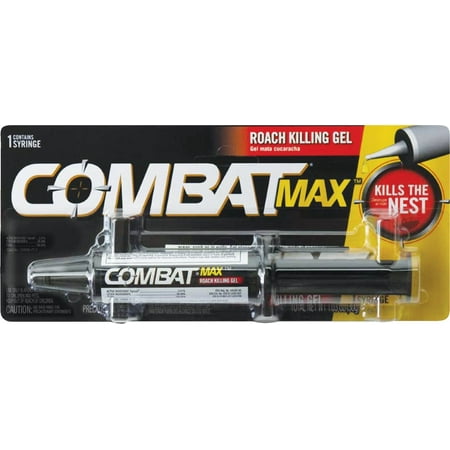
The Roach killing gel from Combat Max specifically targets the nest killing eggs and egg bearing roaches. Apply behind appliances and in cracks and crevices where roaches nest or enter the home. Fast acting formula with syringe applicator gets into hard to reach places.

The Optigard Ant Gel Bait from Syngenta is a high-performing bait product targeting all major roach and ant species. The gel is stainless, odorless, and highly attractive to roaches. Apply the bait gel strategically in specific areas where roaches are visibly trailing, including cracks, crevices, and beneath furniture.
FAQs
When should I call the pros?
If dealing with the cockroaches in your bedroom is making you feel ill from stress, has become intolerable, hard to eradicate, or an infestation has returned, it's a good time to call the pest control pros.
Dealing with cockroaches in the bedroom can feel like a violation of your personal sanctuary, but with the right techniques, it doesn’t have to become an ongoing nightmare. By focusing on bedroom-safe roach treatments, you can reclaim your space and prevent future infestations.
Most importantly, act quickly. A single roach sighting can signal many more, and the longer they go unaddressed, the harder they are to remove, especially if they have set up a cozy harborage.
Whether you prefer natural remedies or gentle chemical solutions, maintaining a roach-free bedroom is entirely achievable, without losing a single night’s sleep.

Seraphina is a contributing editor at Homes & Gardens, writing Solved features on organizing and storage. She loves to decorate and also grow her own produce from her home in London. Her previous experience includes working at Women's Health and Fabulous Magazine.
You must confirm your public display name before commenting
Please logout and then login again, you will then be prompted to enter your display name.
